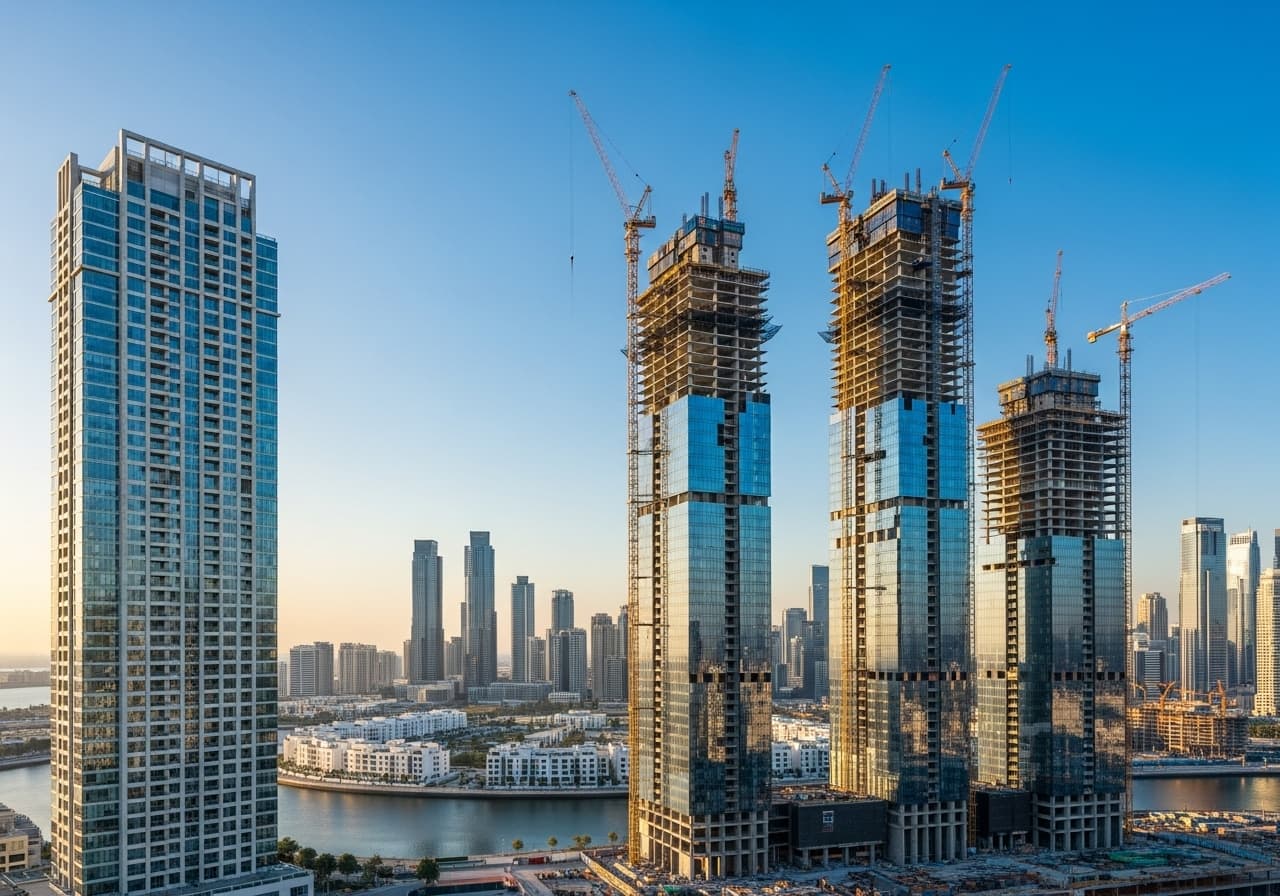If you’ve been watching Dubai’s property market, you know things are moving fast. But 'fast' doesn’t quite cover it.
Residential prices have nearly doubled since 2020. That’s a massive jump. In the third quarter of 2025 alone, apartment sales hit a staggering Dh93 billion. A record. It’s a number that signals a total shift in how investors see Dubai: a high-return, safe place to put money and talent.
This isn't a temporary spike. It’s a calculated result of smart policy, a growing population, and a new wave of development. The real question isn't if this growth is real, but how sustainable it is for the long haul.
The Three Big Drivers: People, Policy, and Lower Rates
So, what's behind this incredible run? It really boils down to three key factors coming together at the perfect time.
First, more people are calling Dubai home. The city's population grew by almost 100,000 in 2024, thanks to new visa rules and a big push to attract global companies. All these new residents need places to live, creating a huge demand for housing.
Second, money got cheaper. When the US Federal Reserve cut interest rates mid-2025, mortgage rates in the UAE dropped. The impact was instant. Property sales shot up 48% year-on-year as people jumped on the more affordable loans.
This confidence is especially clear in the off-plan market. Unbuilt properties now make up 70% of all transactions, a powerful vote of confidence in Dubai's future.
Building for Tomorrow: The Megaprojects You Need to Know
While the shiny new towers get all the attention, the real story is in the infrastructure being built across the city. These are not just ambitious ideas; they are strategic projects creating entirely new, sustainable communities.
Keep an eye on these key developments:
- The Dubai Metro Blue Line: This new line will connect several high-potential neighborhoods to the heart of the city, instantly making them prime real estate for families and professionals.
- Silicon Oasis 2.0: This expansion of the city’s tech park is designed to bring in thousands of high-income tech workers, creating a brand new hub of housing demand.
- Al Maktoum International Airport Expansion: As it develops into the world’s largest airport, Dubai South is becoming a city in its own right. This is driving demand for everything from apartments to logistics centers.
These projects are smart, calculated moves to make sure Dubai's economy and housing market stay strong for years to come.
Is This Boom Built to Last?
The obvious question is about a bubble. With over 28,500 new homes delivered in 2025 and another 200,000 planned by 2027, the fear of oversupply is real. However, many experts believe this flood of new supply is actually what makes this boom sustainable.
It’s a deliberate strategy to meet the needs of the growing population and keep rent prices from getting out of control. The Lead Economist at the Gulf Economic Foresight Center notes that the market is maturing. It’s moving beyond just luxury properties to become a broad, stable housing hub that can weather global economic shifts.
This creates a healthier market for everyone. The luxury segment is still strong, but there’s a new focus on homes for the growing middle class. Add in some of the world's best rental yields, typically between 6–8%, and the foundation for long-term growth looks incredibly solid.
The message for 2025 is clear. Dubai's record-breaking numbers aren't a peak; they are the new baseline.


